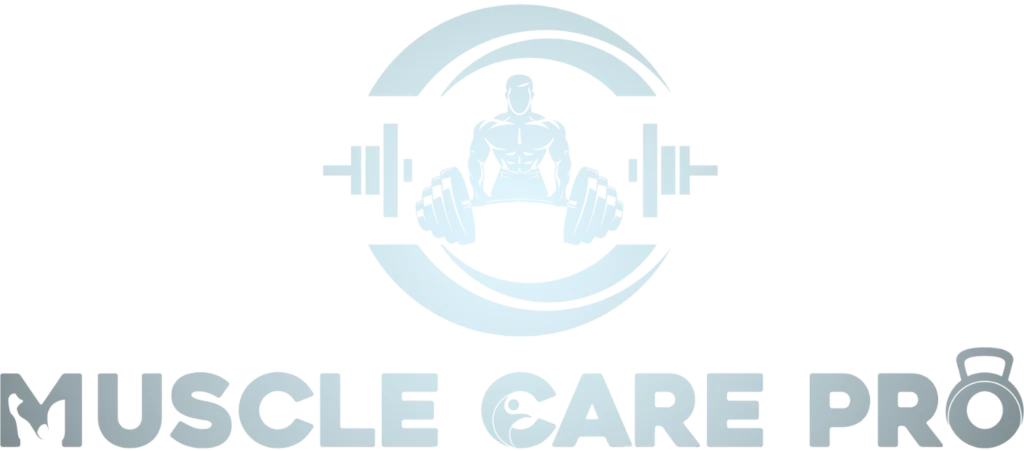how to recover from muscle strain quickly
There were times when your body told you to stop doing things like scrub the floor on your hands and knees or play tennis. You’re in more pain than you thought you would be because your muscles hurt. Watch out, you might have a pulled muscle.
What does a muscle strain mean?
Most of the time, pushing your muscles is good for them. It damages muscle tissue on a tiny level, which makes the body fix itself and make muscles bigger and stronger. The pain will go away after a day or two.
But putting too much stress on muscles can tear or overstretch muscle fibers. This kind of damage is known as a muscle strain or a pulled muscle. The damage could be a small cut or sore on the muscle. When it gets really bad, the muscle can tear into two different pieces.
When you reach way out of bounds for a ball or use a bar that’s too heavy for you, or when you do the same motion over and over, like scrubbing the floor with your back-and-forth arm movements, you can strain and hurt yourself.
You’ll know if you’ve had a serious pain. Most likely, you’ll hear a pop and see a dent in the muscle’s outer edge. You’ll feel pain, swelling, soreness, and weakness right away. You might get bruises in the end.
At first, less serious strains can look like sore muscles because both can be stiff and painful, especially after use. How do you tell them apart?
The place. When you feel pain in a big area, like your back, it’s probably because your muscles are sore from doing something new. “If the pain is in one spot on your back, that’s a strain,” says Briana Williams, a physical therapist at Spaulding Rehabilitation Hospital, which is connected to Harvard.
Time to heal. “If the pain eases by day three, you probably just have sore muscles,” he says. “If the pain intensity has increased by day three, you probably have a strained muscle.”
Getting through pain
See a doctor right away if your muscles hurt a lot. If the muscle is torn, you may need to keep it from moving or have surgery to fix it.
If the pain isn’t too bad and you’re not sure if a muscle is pulled or just sore, do these things and wait it out.
Follow the RICE rules. This is what RICE stands for: rest, ice, compression, and elevation. Rest the injured muscle by stopping doing strenuous activities for a short time (but keep doing normal things like getting dressed or walking your dog). Then, put ice on the area for 20 minutes at a time (or heat if that’s more comfortable for you), wrap it in an elastic bandage, and raise it off the ground.
Mix up pain signals. You can massage the muscle or put menthol-containing pain creams on it. It’s hard for the body to feel more than one thing at once in the same place. “Adding pressure or menthol can help stop pain signals from going through,” Williams says.
Take medicine. You can get extra pain relief from over-the-counter acetaminophen (Tylenol), ibuprofen (Advil, Motrin), or naproxen (Aleve), unless your doctor tells you not to.
Stretch. “Gentle stretching promotes healing by re-establishing the normal length of the muscles,” he says. “But don’t stretch too far. If stretching one day makes you feel worse, stretch less hard the next day.
Sleep enough. This is the time when your body fixes muscles. Aim for seven to nine hours each night.
Make sure you get enough energy. Protein helps build muscle, so eat a dish of fish, chicken, cheese, nuts, seeds, or beans at every meal. Multiply your weight in pounds by 0.36 to get your daily protein needs in grams. There is a useful tool at the USDA.
Don’t lose water. Water can help the body heal by getting rid of waste in cells. During the day, try to drink water and eat foods that are high in water, like shakes, soups, fruits, and veggies.
Do some rigid exercises. If it doesn’t hurt too much, slowly squeeze the hurt muscle for 30 seconds at a time. This helps muscle tissue break down and rebuild itself normally.
If your muscle pain doesn’t go away after three to seven days, you should see a doctor.
Stop new strains
When the pain goes away, slowly start doing hard activities again, and stretch your muscles often to keep them long, flexible, and healthy. Do your best to listen the next time your body tells you it needs a break.











